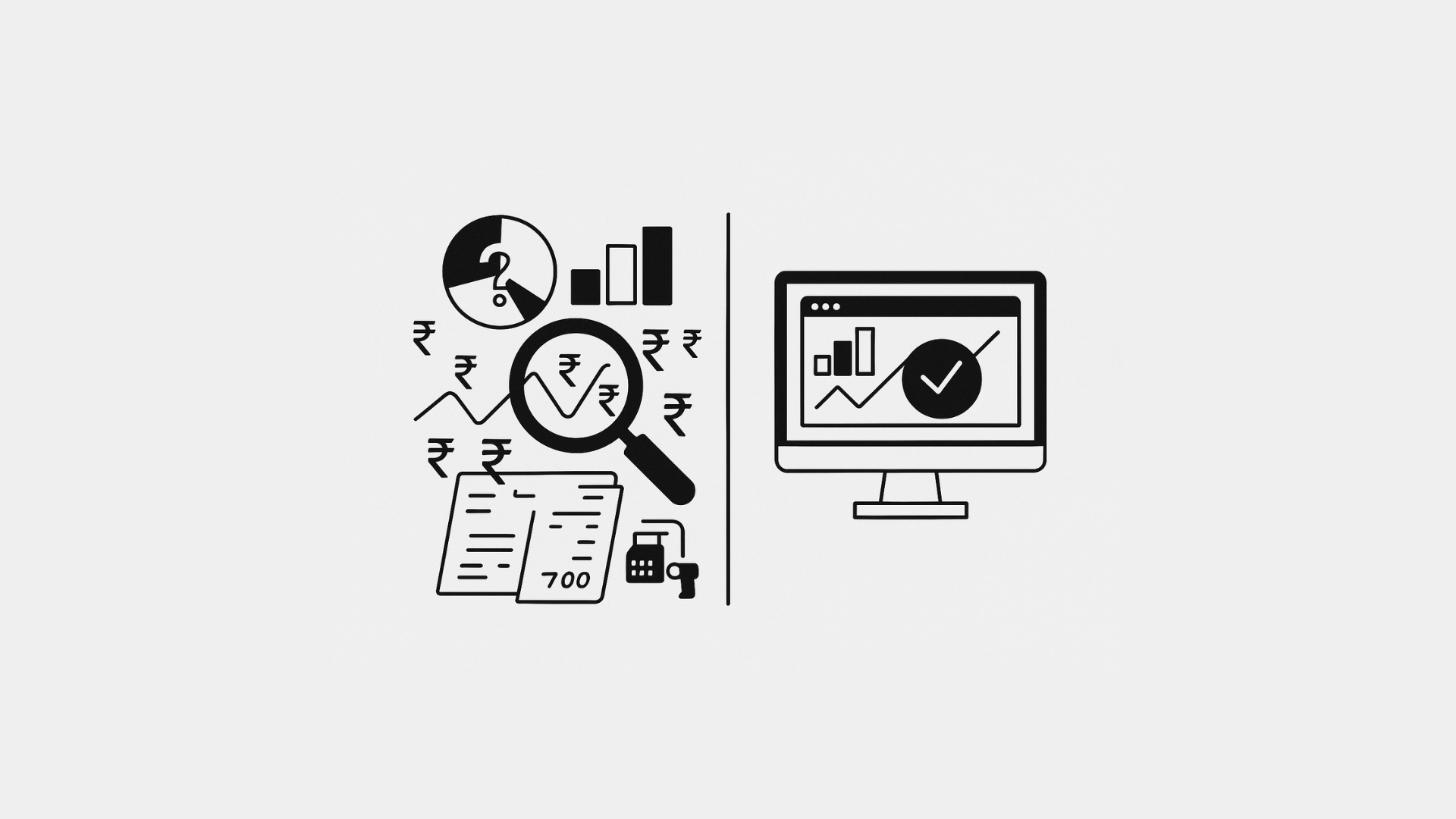Imagine you’re about to embark on the adventure of starting your own grocery store – it’s like stepping into a mysterious world full of challenges. The problem? Well, it’s the whole “where do I even start?” feeling that can be a bit overwhelming. But hey, we’ve got your back! In this guide, we’re going to break down the whole process into 11 super doable steps. The solution? Think of it as your trusty map to guide you from the initial idea all the way to having a super successful store. And guess what? We’ve seen it work for other grocery stores, so you’re not in this alone. Ready to unravel the secrets and make your dream store a reality? Let’s dive in and make this grocery store journey a breeze!
1. Research and Conceptualize Your Grocery Store Idea
Before diving in, take a moment to understand your niche and target market.Leading intensive statistical surveying will assist you with recognizing holes and purchaser needs. Are you focusing on organic or local items, or do you have a diverse selection? Outlining your store’s extraordinary selling recommendation will set the establishment for progress.

Understanding your potential customer base is like having a treasure map. The more you know, the easier it becomes to cater to their needs and preferences. Successful supermarkets have a sharp comprehension of their clients, and by focusing on this examination, you are making way for a store that fulfills the needs of your local area.
To emphasize the importance of this step further, consider the story of a small-town grocery store that thrived by specializing in locally sourced, organic produce. By grasping the local area’s inclination for sound and maintainable choices, they satisfied a need as well as turned into a center for similar people. This customized approach expanded client loyalty as well as turned into a guide for others looking for comparable items.
Read also : 7 Important Pointers to Know Before Starting Online Grocery Store
2. Develop Your Business Plan
With a reasonable comprehension of your market, now is the right time to make an itemized strategy. This record fills in as your guide, directing you through the underlying stages and drawing in possible financial backers. Incorporate promoting procedures, contender investigation, and a strong monetary arrangement to show the reasonability of your supermarket. By writing your vision down, you harden your own comprehension as well as make a convincing case for others to put resources into your prosperity.

Consider the story of a successful grocery store chain that started with a meticulously crafted business plan. This plan framed their objectives and procedures as well as given an unmistakable image of possible difficulties and arrangements. Financial backers were not just intrigued by the exhaustive idea of the arrangement yet in addition consoled by the prescience it illustrated. This underlying foundation is set up for tying down the vital subsidizing to transform their supermarket dream into a reality.
Read also : Top 6 Trends that Shape the Future of Grocery Stores & Supermarkets
3. Calculate Startup and Ongoing Costs
Analyze the financial commitment required to launch and sustain your grocery store. Factor in rent, utilities, inventory, employee salaries, and marketing expenses. Knowing your financial situation from the beginning will allow you to make informed decisions and prevent unanticipated setbacks. Remember, transparency with your finances, both for yourself and potential investors, is a hallmark of a well-prepared business owner.

Consider sharing the story of a grocery store entrepreneur who, by meticulously calculating startup and ongoing costs, avoided financial pitfalls. By planning for startling costs and making a financial cushion, they endured difficulties like financial slumps and surprising business sector shifts. This premonition guaranteed the store’s endurance as well as situated it to adjust and flourish in evolving conditions.
4. Choose a Business Location
Selecting the right location is critical for the success of your grocery store. Consider factors like people walking through, availability, and nearness to contenders. It’s like planting a seed in the most fertile soil. Your store’s perceivability and client base can be fundamentally influenced by an ideal location. Set aside some margin to scout different areas, gauge the advantages and disadvantages, and imagine how your store will squeeze into the local area.

Share the story of a grocery store owner who, through careful consideration of location, turned a seemingly less favorable spot into a thriving business. By decisively situating the store as a helpful stop for workers, they pulled in a constant flow of clients.
5. Navigate Legal Requirements

Ensuring compliance is a non-negotiable step. Obtain the necessary permits, licenses, and insurance. Familiarize yourself with local regulations governing grocery stores, and consult legal professionals if needed. Avoiding legal pitfalls will save you time, money, and potential headaches in the future. Legalities might not be the most glamorous part of starting a business, but they are the foundation that ensures your store stands on solid ground.
6. Set Up Your Store’s Layout and Design

Plan the layout and design of your store with the customer experience in mind. Optimize aisles, place high-demand items strategically, and create an inviting atmosphere. A well-designed store enhances customer satisfaction and encourages repeat business. It’s the equivalent of setting the stage for a memorable performance. Your store’s layout is the canvas on which your customer’s shopping experience unfolds.
7. Tie Up with Wholesalers and Manufacturers

Forge strong relationships with wholesalers and manufacturers to secure a diverse product range at competitive prices. This guarantees a consistent stockpile as well as permits you to offer clients various choices, separating your store from the opposition. Consider this step as forming alliances in the business battlefield. You can ensure a steady flow of high-quality products that will keep your clients returning for more, by obtaining dependable suppliers.
8. Stock Your Inventory Wisely
Implementing effective inventory management practices and pricing strategies is crucial for the success of your grocery store. Product turnover rates ensure that your shelves are always stocked with popular items. Strategic pricing not only attracts budget-conscious customers but also maintains healthy profit margins. Dealing with your stock is similar to leading an orchestra, and striking the correct balance guarantees an agreeable shopping experience for your clients while upgrading your benefits.

One integral asset that can fundamentally upgrade your stock administration processes is SwilERP programming. SwilERP offers a complete and natural arrangement that consistently incorporates with your supermarket tasks. With its strong elements, SwilERP permits you to screen stock levels continuously, foresee request designs, and robotize reorder processes. This forestalls stock outs as well as limits abundance stock, upgrading your store’s general proficiency.
Furthermore, SwilERP’s high level examination empowers you to distinguish top-selling items and patterns, enabling you to pursue information-driven choices while restocking. The product’s evaluating modules give top to bottom experiences into market patterns, assisting you with setting serious yet beneficial costs. SwilERP goes about as the director in your stock orchestra, guaranteeing a smooth and productive cycle that lines up with your business objectives.
Integrating SwilERP into your stock administration rehearses, smoothes out your activities as well as positions your supermarket at the front line of mechanical progression in the retail business. Clients benefit from a reliably very much supplied store with cutthroat costs, further improving their general shopping experience.
As you focus on the art of managing inventory, let SwilERP be your reliable companion, harmonizing the various elements of your grocery store business.
Related : 5 Features For Grocery Store POS that Everyone Should Know
9. Hire and Train Your Staff

Assemble a dedicated team that aligns with your store’s values. Train them not only on operational tasks but also on providing excellent customer service. A knowledgeable and cheerful personnel enhances the shopping experience and fosters consumer loyalty. Your staff is the face of your store.Your staff is the substance of your store. Put time and exertion in recruiting and preparing, and you’ll construct a group that runs the tasks flawlessly as well as becomes envoys for your image.
10. Implement Efficient Point of Sale and Accounting Systems
Choose and set up efficient Point of Sale (POS) systems to streamline operations. Accounting systems that are well organized ensure reliable financial tracking. Investing in technology streamlines the checkout process and frees up your time to focus on improving customer happiness.

Think of your POS system as the conductor of the retail orchestra. It maintains everything in sync, for both your employees and customers, guaranteeing a seamless and efficient experience.
11. Market Your Grocery Store

Craft creative marketing and branding strategies to draw customers in. Using social media, local collaborations, and promotional events, to raise awareness. implementing loyalty programs and discounts, to retain clients and encourage repeat business. Marketing is the megaphone that announces your store’s presence. If you use it correctly, you will not only attract clients but also build a brand that connects with your community.
Conclusion:
All in all, beginning a supermarket is without a doubt a test, however with these 11 fundamental stages, you can explore the excursion with certainty. By understanding your market, arranging carefully, and executing in an intelligent way, you’ll be en route to an effective grocery store launch. Remember that when you have the appropriate information, simplicity is crucial.








